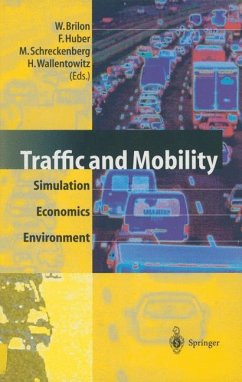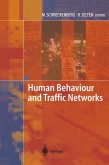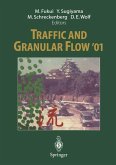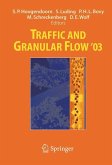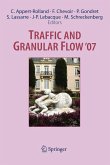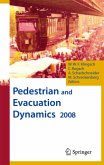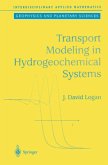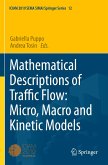Anyone who reflects on the future of society cannot do so without at the same time thinking about the future of our transportation systems. The dilemma is obvious. On the one hand, mobility must be maintained as it is crucial to economic development and because people are eager for individual mobility. On the other hand, traffic imposes heavy burdens on people and on the environment, on cities and communities and on our national economies. Finding a solution to that dilemma seems to be difficult, in fact we have not even developed a rough idea of how it could look like. This is why the North Rhine-Westphalia Science and Research Ministry came up with the plan to work out a well-founded scientific basis on which to solve the problems inherent in our transport system. A research network has been established and sponsored with government funds for a period of three years with a view to realising that objective. The "Traffic Simulation and Environmental Impact" research network is composed of researchers who have an excellent reputation as North Rhine-Westphalia traffic experts. Cutting across various disciplines of knowledge, the network aims to integrate transportation and natural sciences, particularly physics and mathematics, in a move to profit by the synergy between technical know-how and innovative methodology. The present volume is intended as a progress report and a prologue to the forthcoming international colloquium which represents the highlight and at the same time the end of the three-year project funding period.
Bitte wählen Sie Ihr Anliegen aus.
Rechnungen
Retourenschein anfordern
Bestellstatus
Storno

